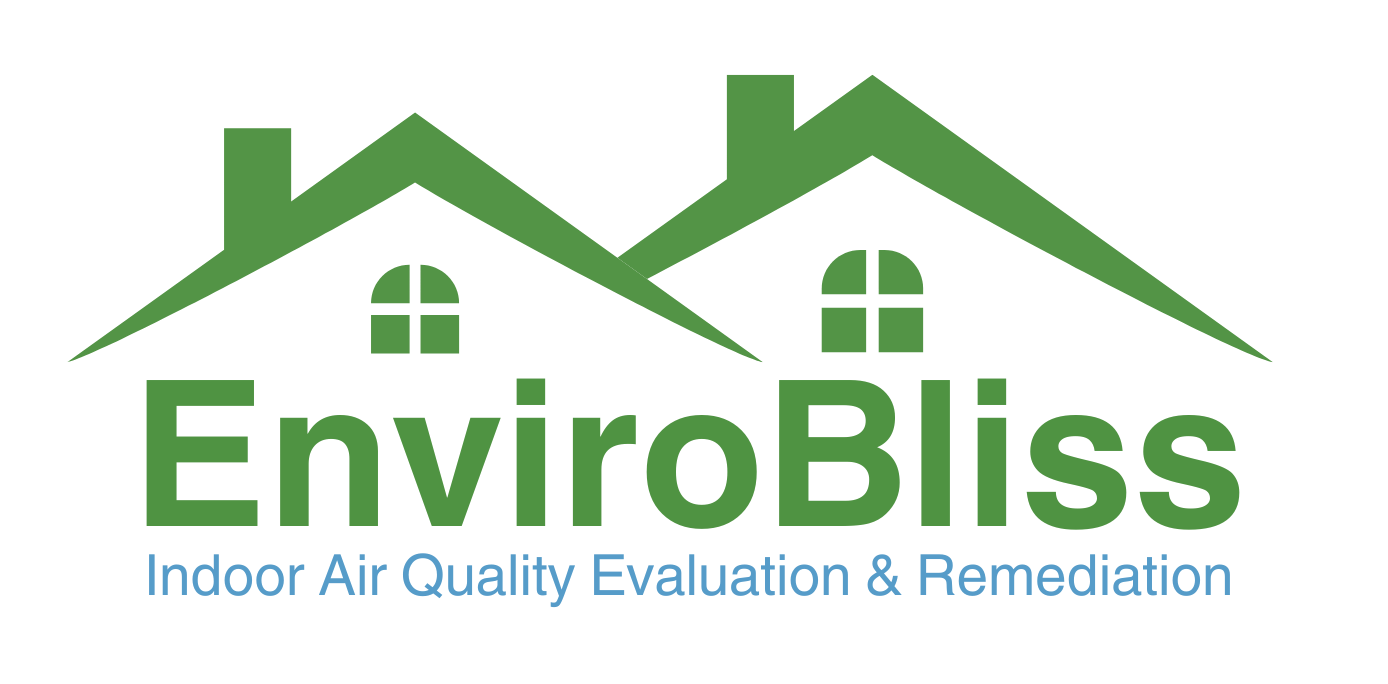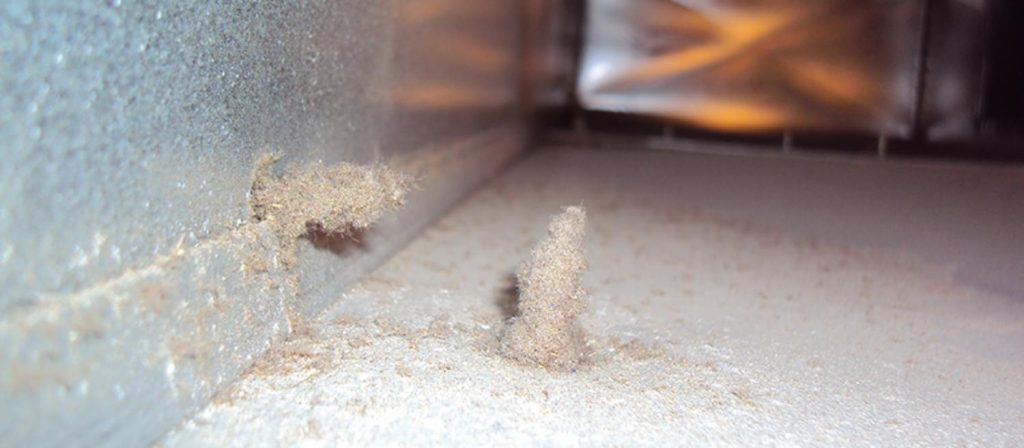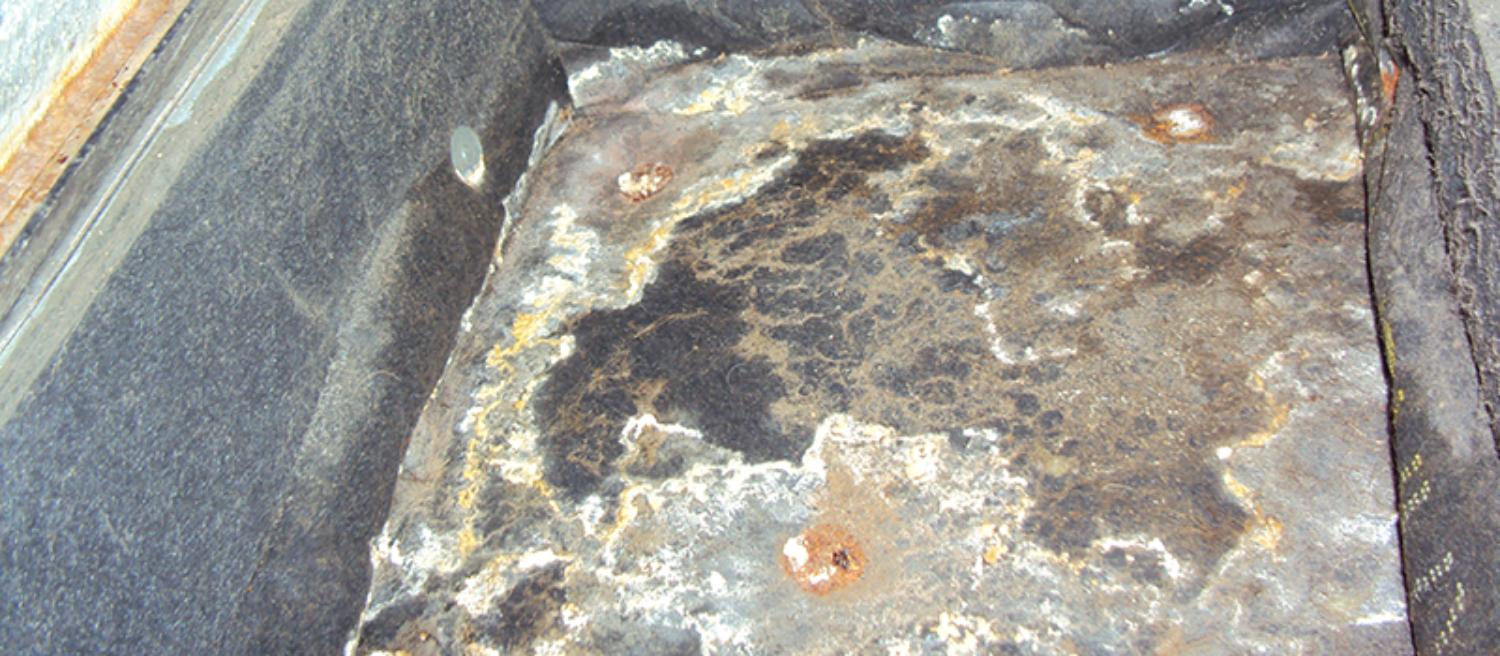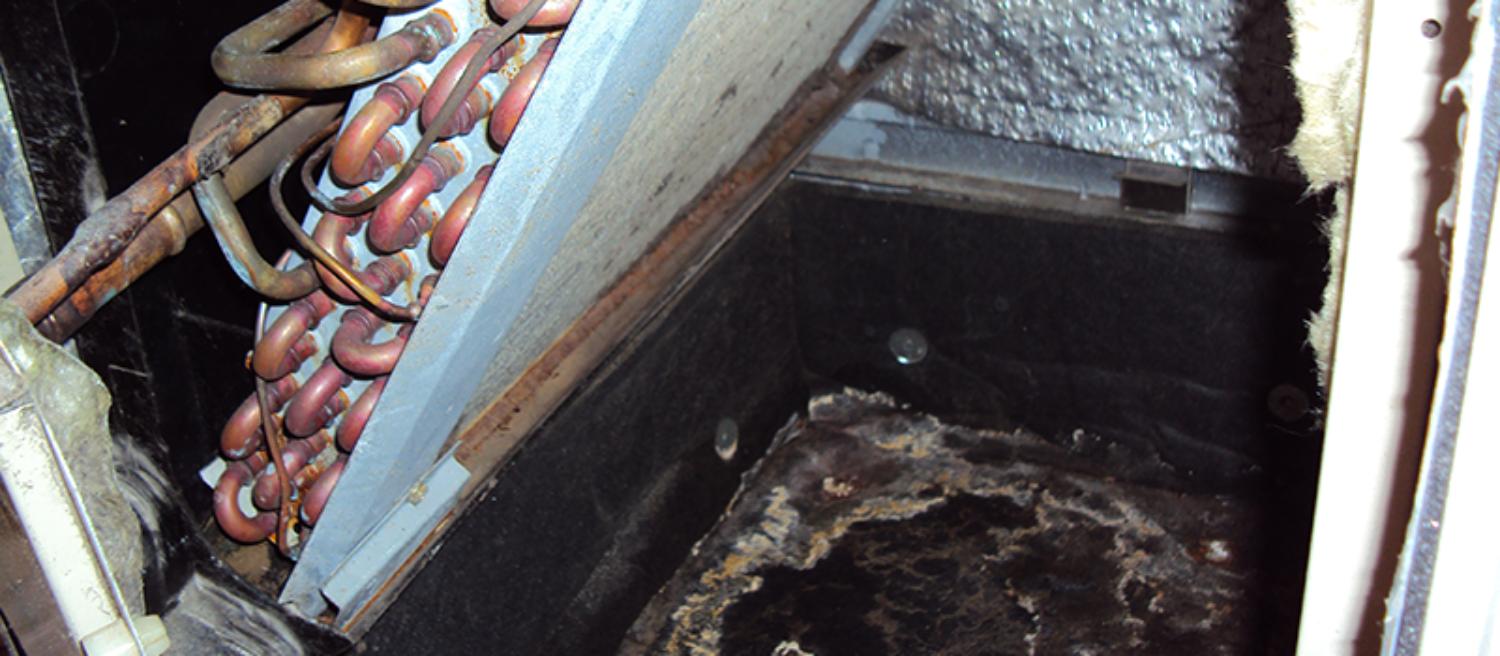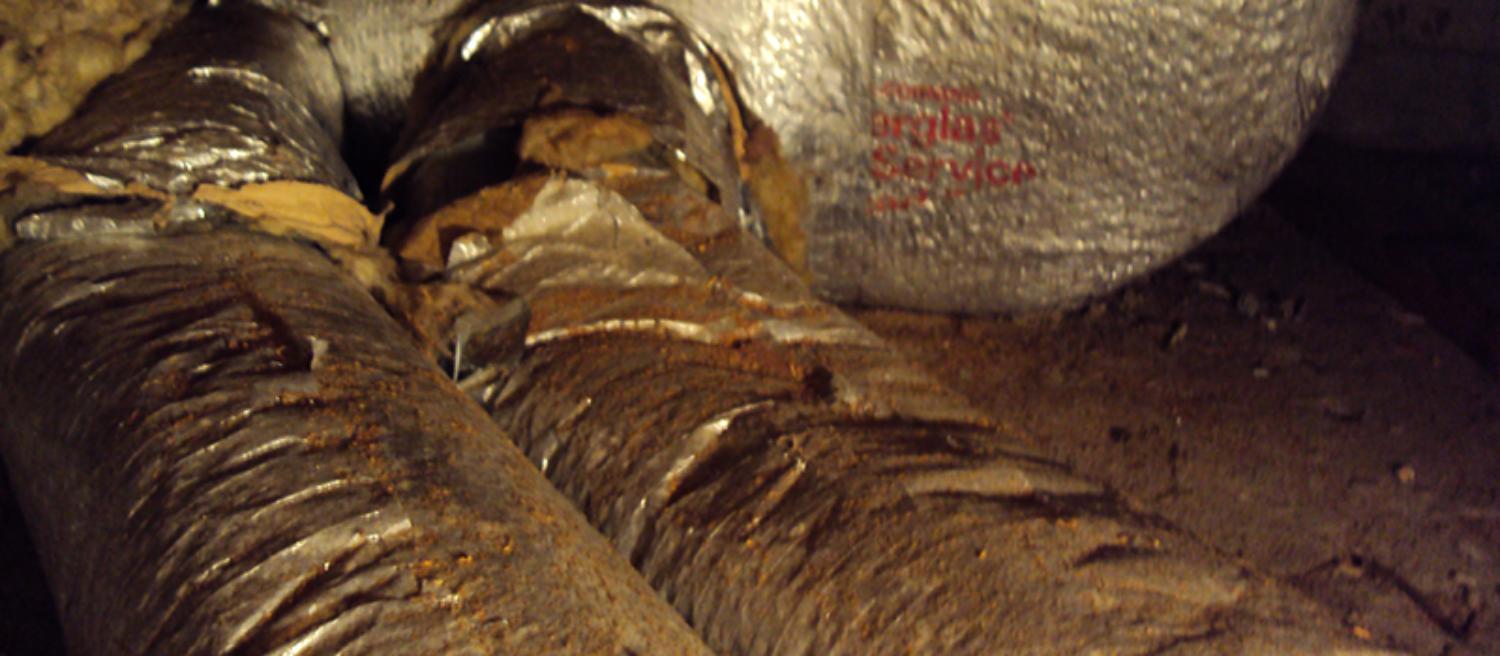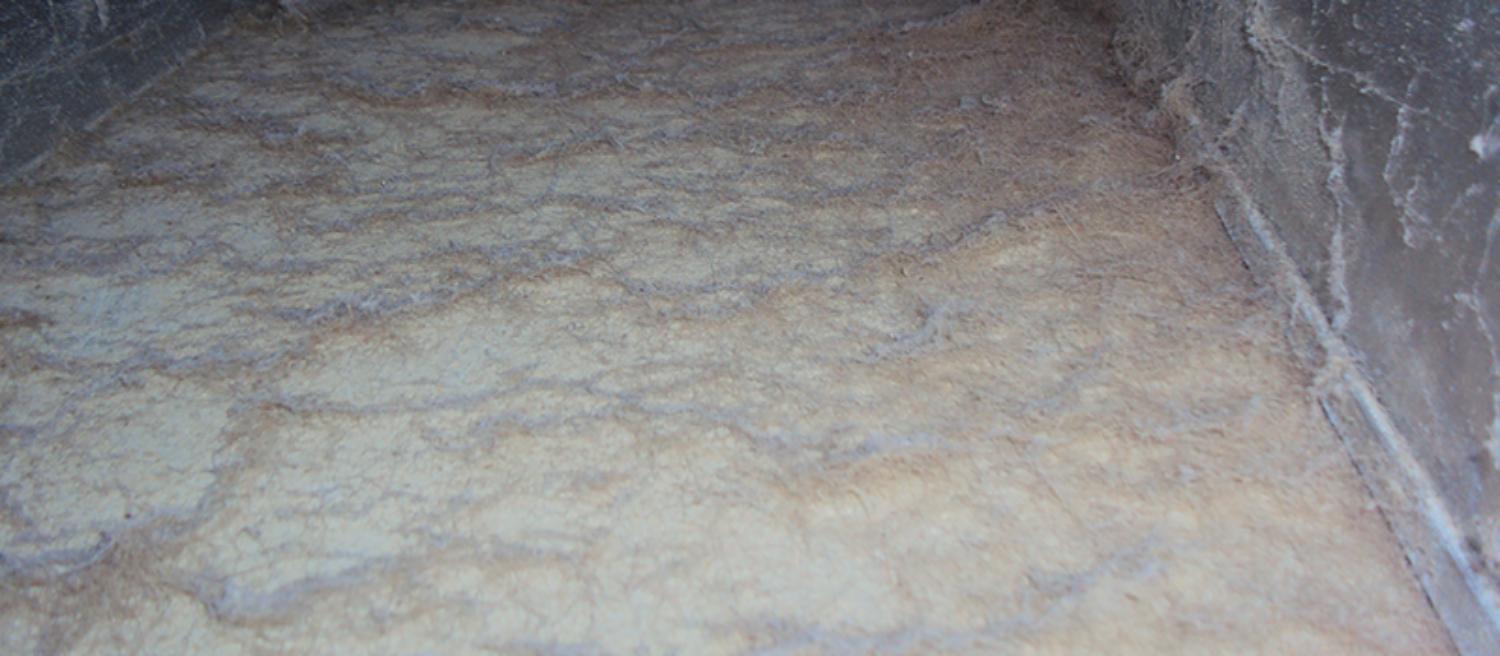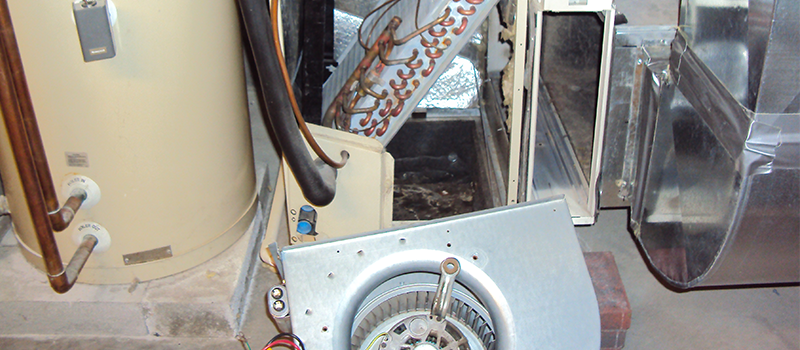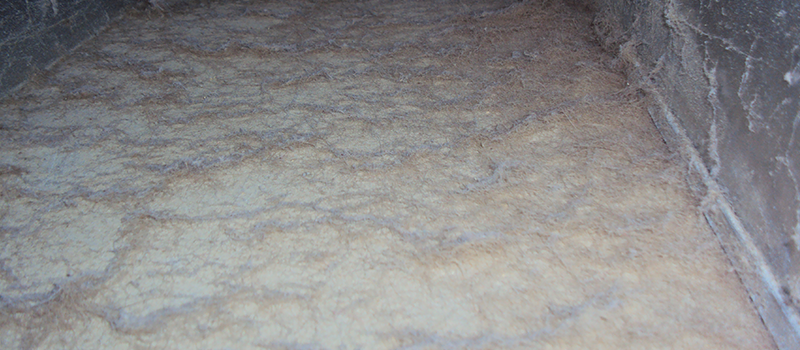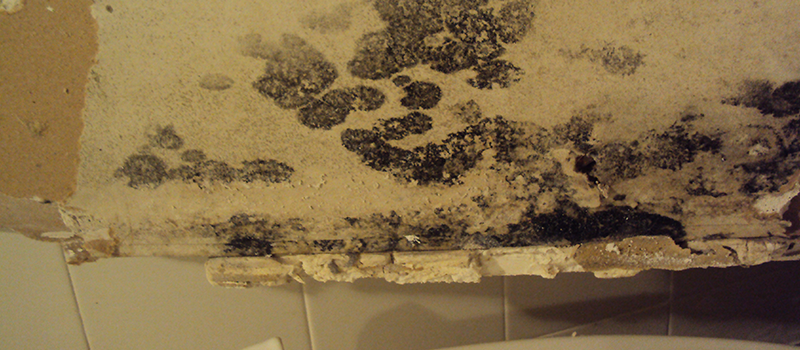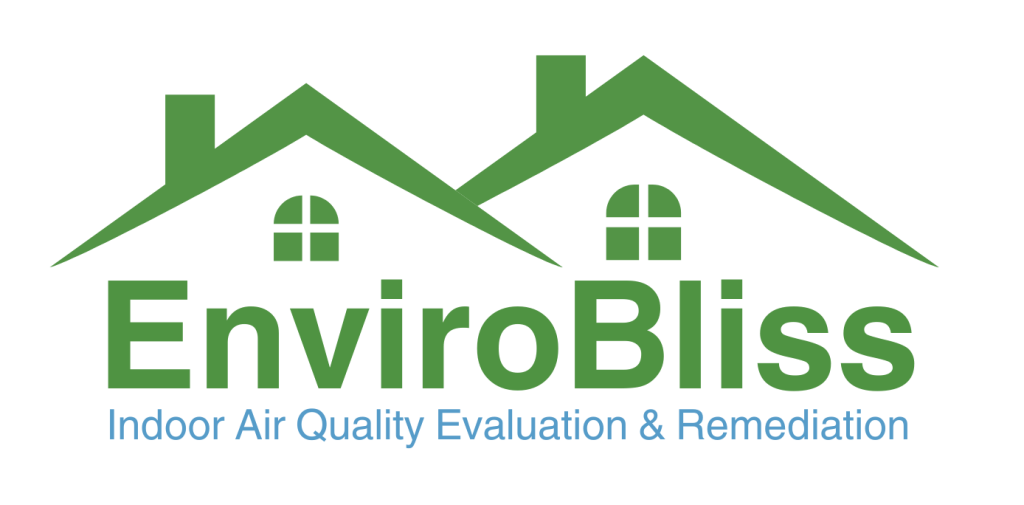
About Us

Empowering Communities For Holistic Well-being In New York
Our Mission is to help create healthy homes and workplaces free of toxic mold and other indoor air quality problems. We are committed to health as we assist our community and clients by developing a greater awareness of environmental problems that affect their homes and offices. Our goal translates from making awareness into something positive by correcting such problems. Our remediation methods and the products we use are
effective and yet harmless. We don’t want the cure to be worse than the mold. Want the peace of mind that your home is as healthy as it can be? We are here for you! Though based out of Brooklyn, our team travels and has worked with clients as far away as Alexandria, VA, State College, PA, and Hartford, CT.
© 2024 EnviroBliss
